Lets assume your eye is in the surface point P1 on an object A and there is a target object B and there is a point-light source behind object B.
Question: am i right if i look to the light source and say "i am in a shadow" if i cannot see the light because of object B ?. Then i flag that point of object A as "one of the shadow points of B on A" .

If this is true, then can we build a "shadow geometry"(black-colored) object on the surface of A then change it constantly because of motion of light,B,A, etc... in realtime ? Lets say a sphere(A) has 1000 vertices and other sphere (B)has 1000 vertices too, so does this mean 1 milion comparations? (is shadowing, O(N^2) (time) complexity?). I am not sure about the complexity becuse the changing the P1(eye) also changes the seen point of B (between P1 and light source point). What about the second-order shadows and higher (such as lights being reflecting between two objects many times) ?
I am using java-3D now but it doesnt have shadow capabilities so i think of moving to other java-compatible libraries.
Thanks.
Edit: i need to disable the "camera" when moving the camera to build that shadow. How can i do this? Does this decrease the performance badly?
New idea: java3D has built-in collision detection. I will create lines(invisible) from light to target polygon-vertex then check for a collision from another object. If collision occurs, add that vertex corrd. to the shadow list but this would work only for point-lights :( .
Anyone who supplys with a real shade library for java3d, will be much helpful.
Very small sample Geomlib shadow/raytracing in java3D would be the best Ray-tracing example maybe?
I know this is a little hard but could have been tried by at least a hundred people.
Thanks.